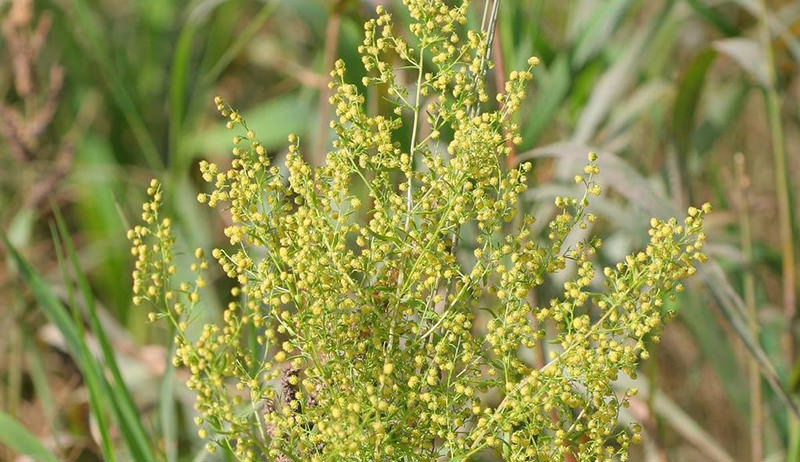
Sweet Annie (Artemisia annua), also known as sweet wormwood, is an annual plant that is a must-have for hobby farmers who grow flowers. Its long, plume-like flowering branches look beautiful in fresh bouquets and are easily dried to create lush wreath bases and dried flower arrangements. Plus, the sweet, fruity fragrance of this plant is nothing short of lovely.
How To Grow Sweet Annie
Native to parts of Europe and Asia, this imposing annual plant is very easy to grow—in fact, if you don’t take precautionary measures, sweet Annie’s prolific self-sowing ability can make it a bit too aggressive for some growers. But if you harvest the flowering branches at just the right time, you’ll limit or even eliminate seed dispersal and keep the plant from becoming a pest.
Sweet Annie is easily grown by directly sowing the tiny seeds into the garden a week or two before the spring’s last expected frost. Start with just a few seeds your first year; the plants grow quite large—up to 5 feet tall with an equal width—and take up quite a bit of garden real estate.
The seeds slowly germinate, sometimes taking a month to break through the surface of the soil. You can also start seeds indoors under grow lights if you’d like to push up your harvest by a few weeks.
Choose a planting site that receives at least six hours of full sun per day, more if possible. The soft, fern-like foliage of sweet Annie is a lush silvery-green, and the plants look quite beautiful swaying in the breeze. The full, highly-branched structure of this annual looks great at the back of a border or along the edge of the vegetable garden.
How To Harvest Sweet Annie
Sweet Annie is ready for harvest just as the first few flower buds start to open. Although the plants do not produce large, striking blooms, the sweet, luscious fragrance of the foliage and flowers more than makes up for it. Each feathery branch is covered with tens of thousands of small, yellow flowers.
To harvest, cut the branches from the plant just as the flower buds start to show a touch of yellow. If you let some of the flowers open, you’ll please the bees, too, but be sure to cut the spent flowers from the stalk before any seed is dropped, unless you want the plants to self sow.
Once the branches are cut from the plants (you’ll need a heavy pair of loppers or pruning saw to remove them—the mature stalks are thick and woody), you can use them as a filler in cut-flower bouquets or tie a few branches together with twine or a rubber band for drying. Hang the bunches in a dry, warm, dark room for two weeks. The flower buds and foliage dries to a medium green and eventually ages to a soft brown.
How To Use Sweet Annie
Once dry, sweet Annie branches can be used to make wreath bases or fill out dried flower arrangements. Use caution when handling the stems, however, because they generate quite a bit of fine dust when you’re working with them. This dust can irritate your lungs and cause an allergic, hayfever-like reaction in some people. The sap of the fresh-cut stems can also irritate the skin of some people, so wearing gloves to harvest is a good idea.
Sweet Annie is also grown as a medicinal herb. Its anti-malarial and anti-cancer properties continue to be studied by scientists around the world.
Sweet Annie seeds are available from Johnny’s Seeds and Southern Exposure Seed Exchange.




